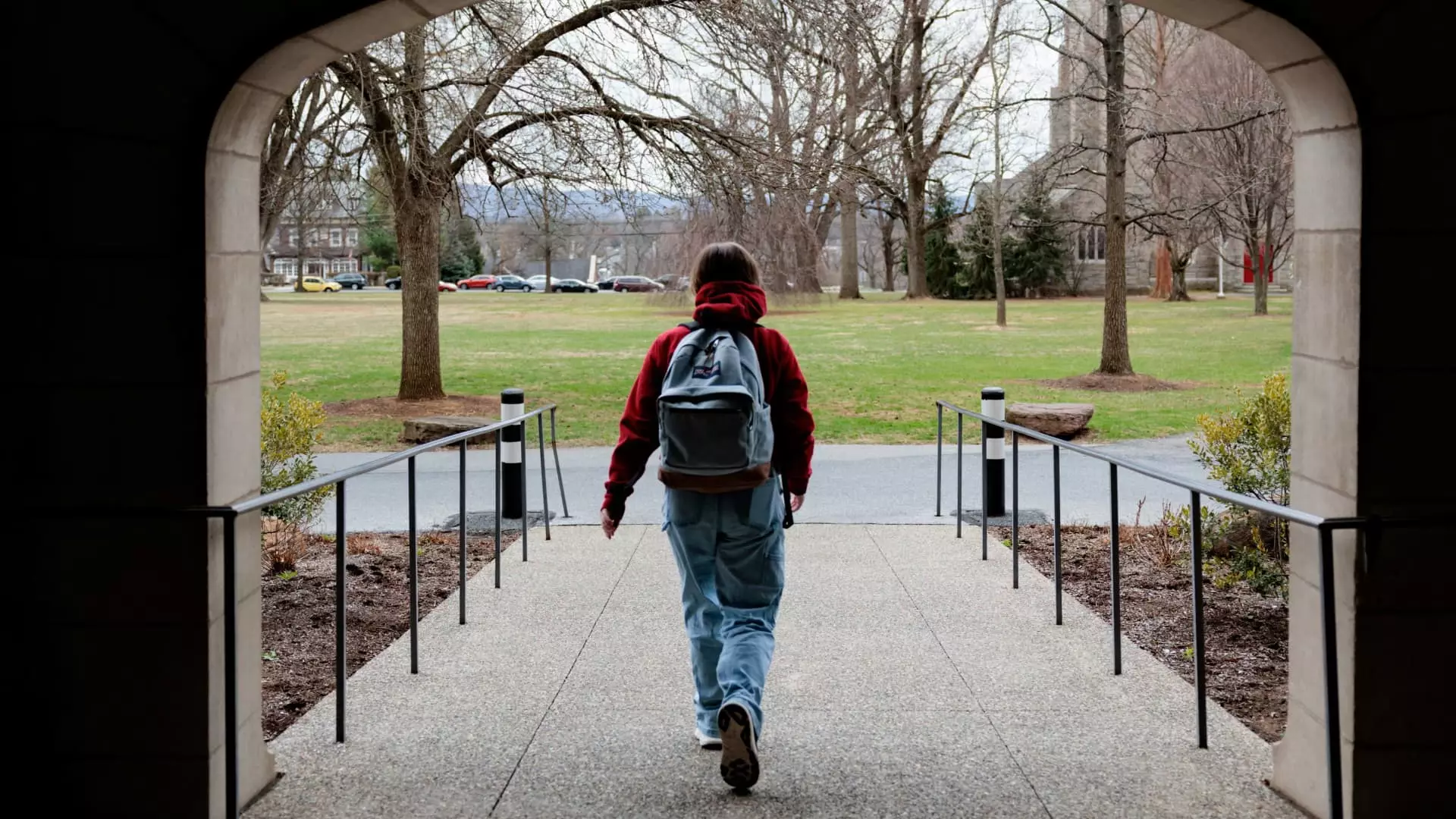The recent announcement by the U.S. Department of Education to reopen online applications for income-driven repayment (IDR) plans marked a superficial shift in policy that merits a deeper critique. Under the guise of facilitating repayment for millions of federal student loan borrowers, it is essential to question whether these plans genuinely offer the financial relief intended or mask the ongoing crisis of student debt. By reinstating options such as Income-Based Repayment, Pay As You Earn, and Income-Contingent Repayment, the Department seems to be addressing a symptom rather than the systemic disease plaguing higher education affordability.
In this context, the longstanding debate about access to education grows increasingly poignant. While the Trump administration insisted that these measures were necessary due to a court order opposing the Biden administration’s SAVE plan, consumer advocates perceived it as a step backward. The question looms: Are these repayment plans truly the remedy or merely a Band-Aid on a gaping wound? The troubling reality is that they may perpetuate a cycle of debt, ultimately leading borrowers back to where they started—burdened by payments that align little with their actual financial capabilities.
Legal Battles and the Web of Bureaucracy
The ongoing tussles between various administrative efforts add another layer of complexity to the situation. The lawsuit initiated by the American Federation of Teachers highlights the mishandling by the Trump administration, which effectively interpreted the ruling from the 8th U.S. Circuit Court of Appeals to excessively restrict IDR applications beyond the SAVE program. This maneuver not only reflects a concerning understanding of legalities but speaks volumes about how policy decisions impact real lives. Here, endless bureaucracy reigns supreme, creating unpredictable outcomes for student borrowers.
These legal entanglements underscore a critical failure in prioritizing student welfare. Instead of simplifying processes to ensure that borrowers can access repayment options that fit their financial realities, we witness a convoluted chain of decisions that push these individuals further into uncertainty. It’s as if the educational system is turning its back on those it claims to serve.
The Illusion of Forgiveness
Part of the allure of IDR plans is the promise of loan forgiveness after 20 to 25 years. But to many, this appears to be a mirage rather than a legitimate opportunity. The harsh reality is that countless borrowers are unlikely to ever see their debts wiped clean due to the conditions surrounding these plans and the sheer volume of bureaucratic hurdles they face. Rather than offering an effective pathway to financial liberation, IDR plans often trap borrowers in a system where they feel they are perpetually making payments.
It is crucial to ask: Who benefits from this prolonged agony? Are we merely perpetuating an elite educational infrastructure while detracting from the value of genuine access and affordability? I posit that we must confront these uncomfortable questions as we analyze the disjointed reality of income-driven repayment plans.
Overall, while one might appreciate the reopening of IDR applications as an apparent win for borrowers seeking relief, it is vital to challenge the underlying frameworks and assumptions that dictate access to higher education. This policy update could simply mark yet another chapter in the enduring saga of student debt, rather than a definitive solution for millions of Americans finding themselves ensnared in an unyielding cycle of financial burdens.

